1. The Discovery of a New Scrap of Metal

In recent years, researchers identified a piece of aluminum debris thought to match a repair made to Earhart’s Lockheed Electra before her ill-fated flight. This artifact was found on Nikumaroro Island, sparking theories that she crash-landed there. The precision of the patching technique gives weight to this discovery.
2. Bones That Almost Got Away

Human bones were reportedly found on Nikumaroro Island in 1940 but were dismissed as belonging to a man at the time. Modern forensic analysis of measurements suggests they could belong to a woman of Earhart’s stature. While the original bones are missing, this data reignites speculation.
3. A Mysterious Radio Signal
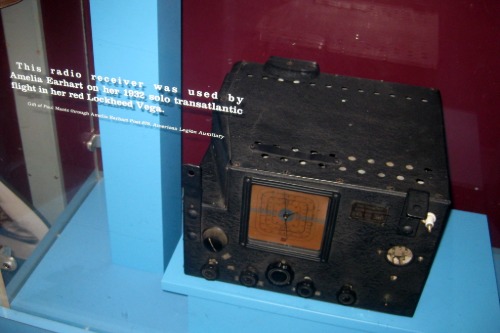
During the week following Earhart’s disappearance, several radio operators reported hearing distress calls. These signals were dismissed as hoaxes at the time, but new research posits that they might have come from Earhart and her navigator, Fred Noonan, broadcasting from a remote area.
4. The Forgotten Notebook
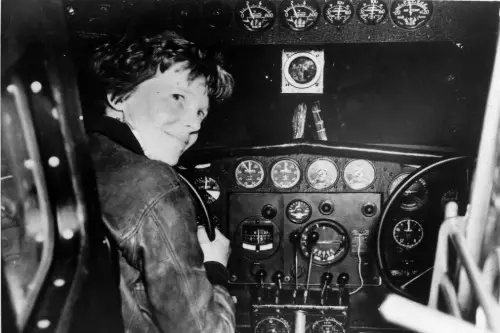
A notebook belonging to a young radio operator who allegedly heard Earhart’s distress calls in 1937 was rediscovered in 2018. His notes detail coordinates that eerily align with Nikumaroro Island. This revelation suggests that some search efforts were misguided from the start.
5. The Waterlogged Shoe Theory
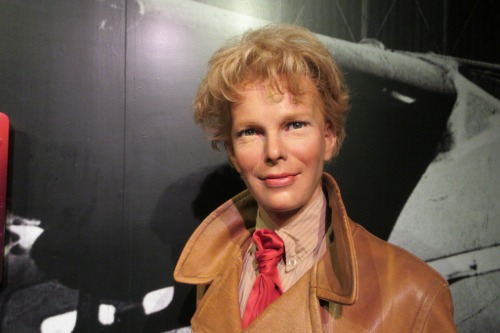
Among artifacts found on Nikumaroro was a shoe sole dating back to the 1930s. Its size matches what Earhart might have worn. While it’s not definitive proof, this mundane find adds another puzzle piece to the theory of her survival on the island.
6. Advanced Underwater Imaging
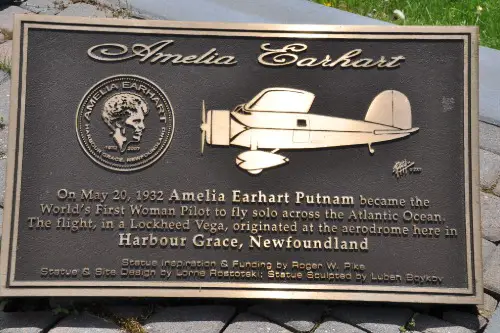
Recently, researchers used advanced sonar to map the seafloor near Howland Island, where Earhart was last seen. Although her plane hasn’t been found, these efforts have ruled out several areas, bringing investigators closer to understanding where she might have gone down.
7. The Coconut Crab Dilemma
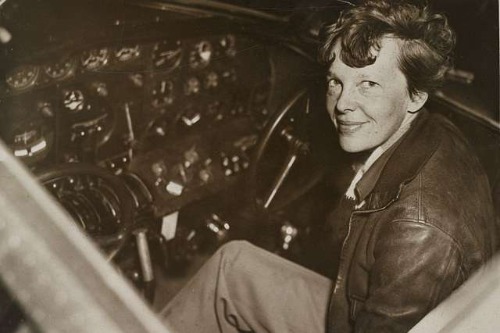
This sounds eerie, but the enormous coconut crabs native to Nikumaroro could have disturbed any remains left behind. These scavengers, capable of dragging large objects, may have destroyed or moved critical evidence over the decades. Some suggest their burrows should be further explored.
8. Noonan’s Unlikely Navigation Error
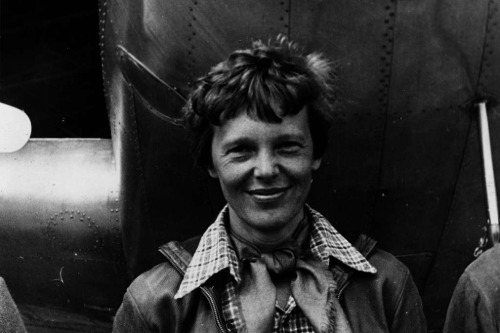
Fred Noonan’s skills as a navigator were world-renowned, but some researchers believe he may have miscalculated their position due to fatigue or mechanical issues. If this is true, it could explain why the Electra might have veered toward Nikumaroro instead of Howland Island.
9. Native Oral Histories
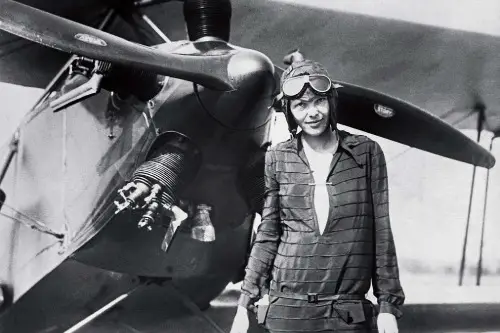
The Gilbertese people, who lived on Nikumaroro in the years following the disappearance, reportedly shared stories of a white woman who lived briefly on the island. These accounts, though difficult to verify, add a human element to the otherwise technical investigations.
10. A Lockheed Electra’s Twin
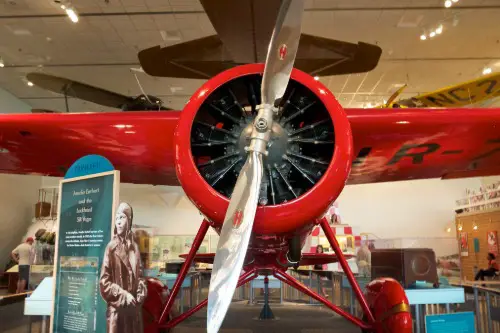
Aviation historians have suggested that confusion may have arisen over Earhart’s plane because another Lockheed Electra of similar design was used for military purposes. This possibility adds complexity to interpreting contemporary sightings and records from the Pacific.
11. Japanese Capture Theories Persist
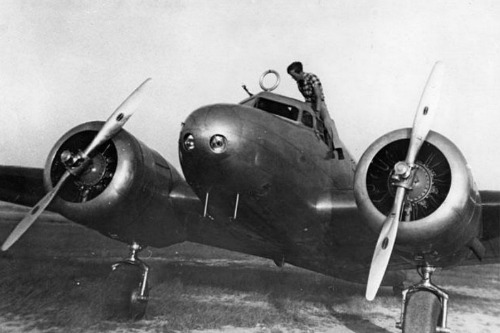
Another popular theory holds that Earhart and Noonan were captured by the Japanese and held as prisoners, possibly even executed. This idea stems from reports of mysterious prisoners during World War II, though no concrete evidence has surfaced to confirm it.
12. The Search for Personal Effects
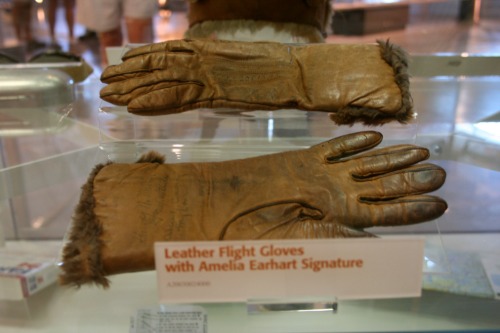
One of the biggest gaps in the puzzle is the lack of personal items definitively tied to Earhart or Noonan. Researchers have found objects like a glass jar, believed to be from an old cosmetic product, that might have belonged to her. However, the ambiguity of such items keeps the mystery alive.
The ongoing search for Amelia Earhart isn’t just about solving a historical enigma—it’s a testament to human curiosity and determination. Each new detail, no matter how small, brings us closer to understanding what happened during her final flight. The world may never fully know the truth, but the chase for answers is undeniably captivating.


